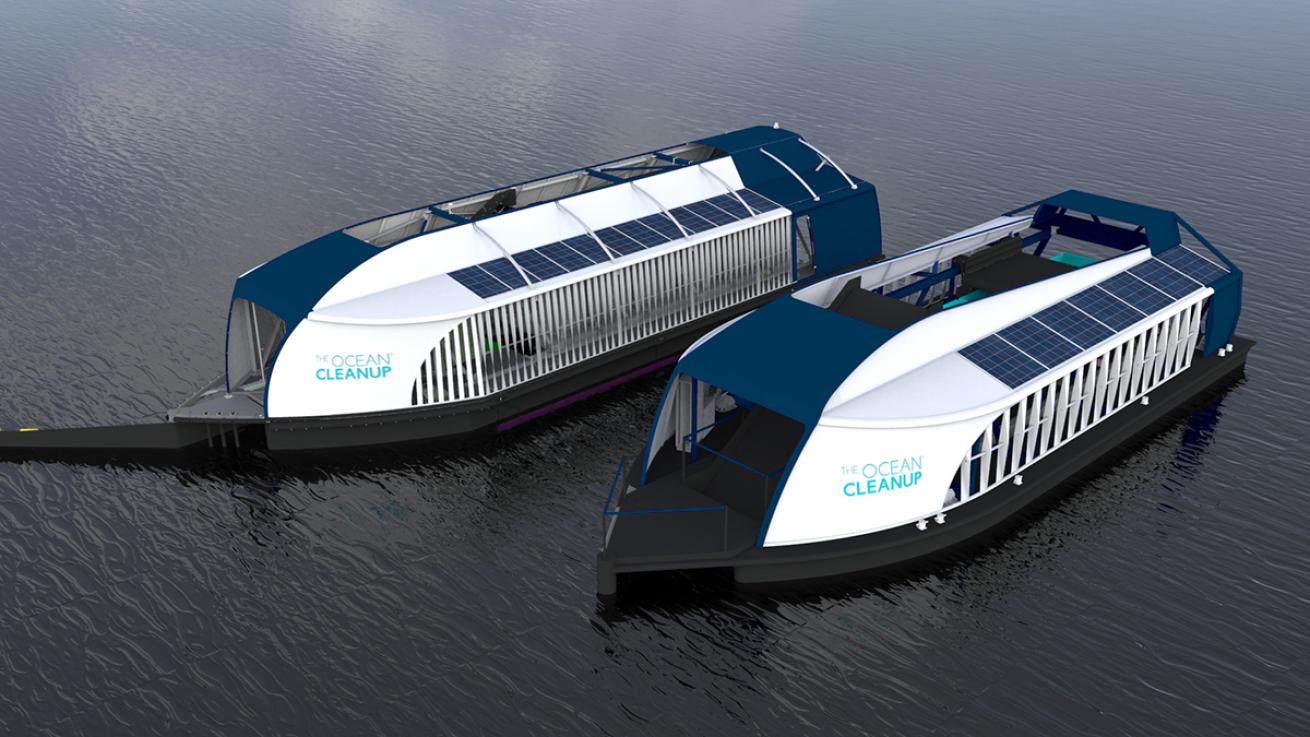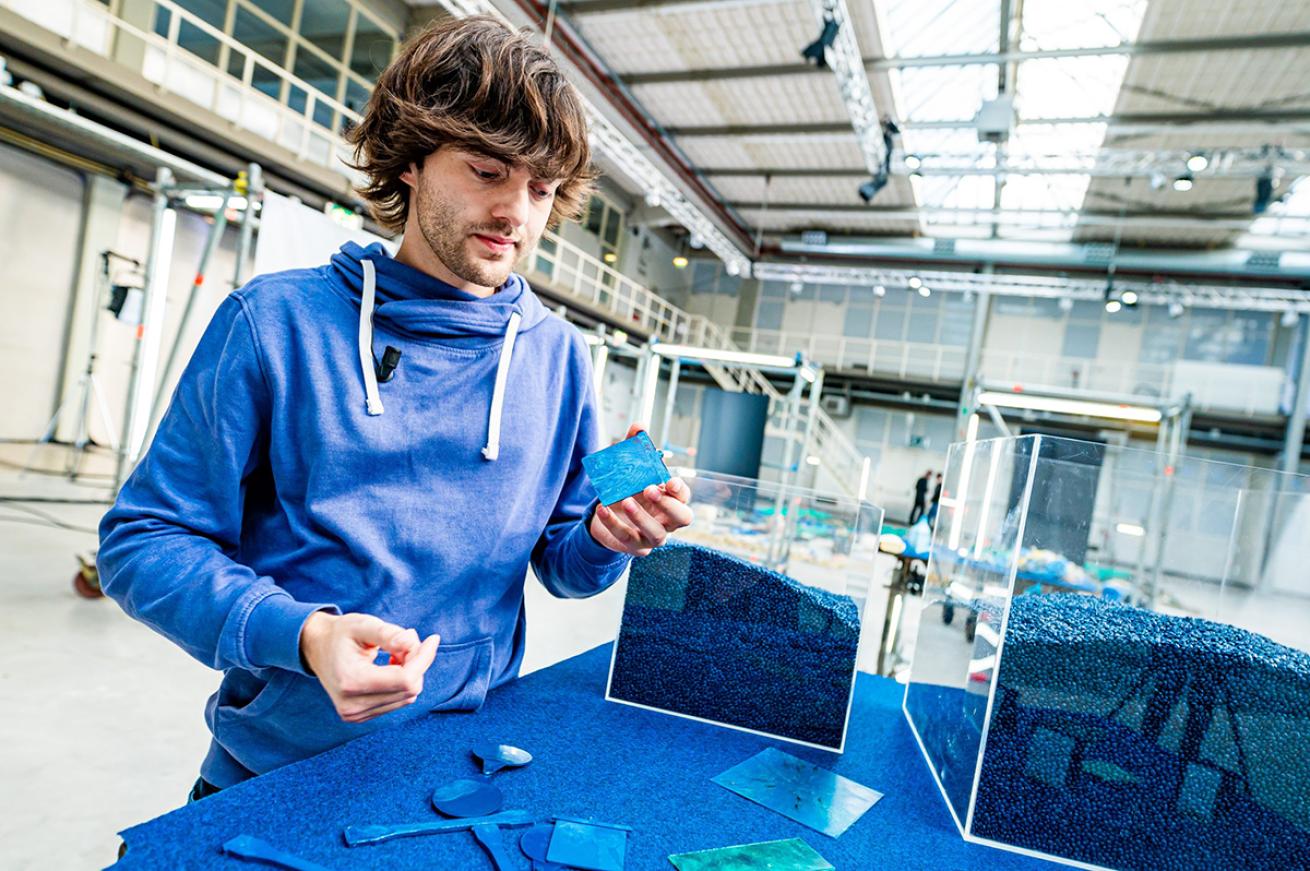The Ocean Cleanup Unveils Updated River Debris Extractor

The Ocean CleanupInterceptors are currently operating in three rivers. The Ocean Cleanup aims to increase that to 1,000 rivers in the next five years.
The Ocean Cleanup recently revealed the third iteration of the Interceptor, a machine designed to collect debris in rivers before reaching the ocean.
"We found [the previous Interceptor] often would clog when it comes to very large debris. So widening that will help also improve the reliability of the operation," The Ocean Cleanup founder Boyan Slat tells CNET.
Known for its Ocean Cleanup System, designed to collect waste from the Great Pacific garbage patch, the nonprofit launched its river project in 2019.
Currently, floating Interceptors are moored to a riverbed. In-water barriers guide debris onto a conveyor belt, where it is then shuffled into six on-board dumpsters that can hold nearly 550 square feet of trash. When dumpsters are nearly full, sensors text the local operator who then transfers the trash to municipal waste and recycling facilities.
The Interceptor operates 24/7 on solar energy and can currently collect over 110,000 pounds of litter each day. The Ocean Cleanup plans to double this capacity in later iterations.
"Last year, we collected over half-a-million pounds of trash," Slat says. "That's still a tiny amount compared to all the plastic that's flowing in every year. We're aiming for a much, much higher number this year."
There are currently Interceptors in three highly-polluted rivers: the Cengkareng Drain in Jakarta, Indonesia; the Klang River in Klang, Selangor, Malaysia; and the Rio Ozama, Santo Domingo, in the Dominican Republic. Ocean Cleanup aims to deploy Interceptors in the world’s 1,000 most polluting rivers within five years.
Logistics are the largest barriers to deploying these additional systems, according to Slat, which he hopes to address through a recent partnership with Finnish company Konecranes.
"We need help when it comes to the manufacturing of the Interceptors, the servicing, and actually installing them in the rivers," he says. "These three things are what Konechranes will be helping us with” while constructing and deploying ten new Interceptors.
The Ocean Cleanup first made headlines in 2013, when Slat, only 18-years-old at the time, unveiled his Ocean Cleanup System. The system has run into a number of issues in the field, from repelling trash to spilling what it did collect.

The Ocean CleanupThe Ocean Cleanup founder Boyan Slat holds testing samples of material made from marine debris.
Scientists have also voiced concerns about the system picking up sea creatures that drift near the top of the open ocean, such as jellyfish and sea dragons — viewers can even what appear to be aquatic plants riding the conveyor belt to the dumpster in the company’s promotional Interceptor videos. The Ocean Cleanup continues to defend its systems.
"It's true that [some] organisms will be trapped in the barriers," Gerhard Herndl, a University of Vienna professor and Ocean Cleanup scientific advisor, tells Deutsche Welle. "But these organisms have dangerous lives. They're adapted to high losses because they get washed ashore in storms and they have high reproductive rates. If they didn't, they'd already be extinct."










